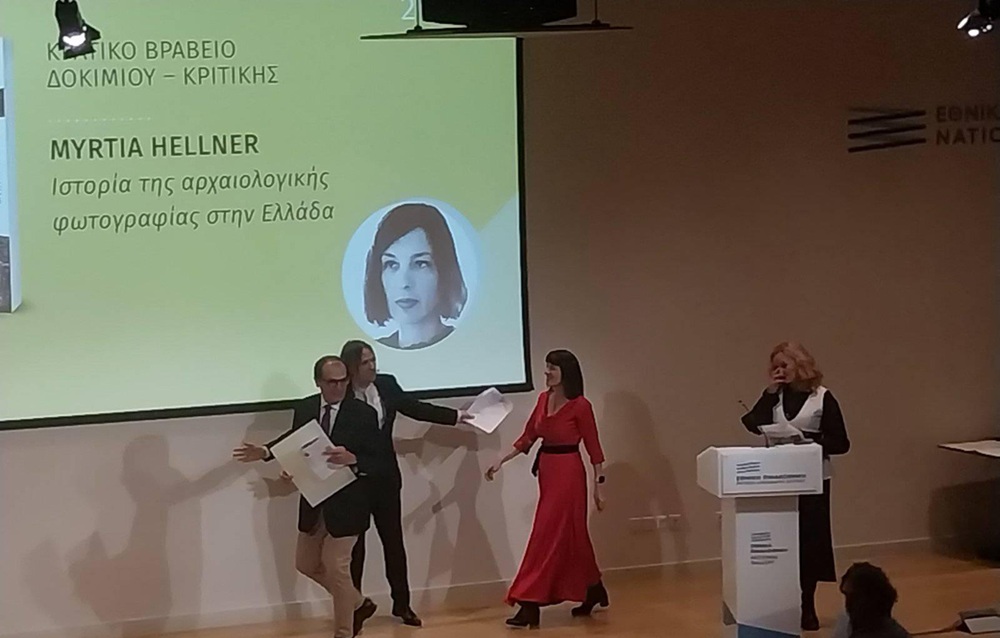
Myrtia Hellner, on the occasion of the publication of the History of Archaeological Photography in Greece by OTAN Publications, spoke with Days of Art in Greece. Born in Athens, Myrtia Hellner studied Classical Archaeology and Ancient History at the University of Munich. Her multifaceted personality is also evident in her subsequent studies (MA in restoration from the University of Bamberg, freelance studies in painting, Art History workshops) culminating in a PhD in archaeological photography at the Kapodistrian University of Athens.
Alongside an activity that spans from the organization of museum exhibitions to the study of photographic archives and translation, Myrtia Hellner, in collaboration with OTAN Publications, examines in her most recent work not only the evolution of archaeological photography in Greece from its emergence until recently, i.e. until the replacement of analogue photography by digital photography, but also the historical and archaeological data of each era reflected in the photographic medium. Hellner’s book comes to fill a gap in contemporary research, since the history of archaeological photography in Greece has so far been an unexplored part of the history of photography in our country.
Tell us about your own path from Classical Archaeology to working in archaeological photography.
My path from Classical Archaeology to archaeological photography is due to the particularity of my biography. From a very young age I was wandering around museums, because my father was the photographer of the German Institute in Athens. Many times he took me with him. So I had the opportunity to follow the way of photography. The preparation of the object to be photographed, the people who helped transport the equipment and especially I observed how my father studied the light. The influence of this process was decisive. Later, when I studied archaeology, I studied the relationship between photography and archaeology. My involvement with it was something of a natural consequence.
Your book, History of Archaeological Photography, ed. OTAN, 2023, was awarded by the Ministry of Culture with the Essay – Criticism Award 2024. Tell us about the significance of this recognition for you personally and whether it could provide the impetus for other similar publications.
It is very important to award an honorary prize to each author because it recognises the quality of the work, the originality of the subject matter and the painstaking study that goes into writing great works. This one belongs to the category of useful books, which also function as textbooks because they provide specific knowledge to readers. And, of course, it is a stimulus for other studies, because the subject itself guides the development of research, which is never exhausted.
Having now realized the value of photography for the science of archaeology. Would you describe the process of scientific photography of archaeological monuments?
The process of photographing archaeological monuments is very difficult. This is confirmed by written testimonies of professional photographers, but also by amateur photographers of earlier times. The equipment used must be able to render the object depicted in sharp detail. The photographer is responsible for the light. He has the sensitivity of the shades and controls them while knowing exactly the right moment of capture. Photography is demanding, because the photographer must choose the right angle and capture as a unique snapshot, what is projected at that moment in his view, for this he needs to have special time and above all to study the space, the condition of the monument to the infinitesimal details and damage, as evidence of correct capture or future restoration.
A historian of photography, studying photographic archives of past decades, how often does he or she encounter the “frustration” of not capturing a detail, an element, etc.?
A photographic historian, when studying photographs in various photographic archives, very often finds that the prints are damaged and do not meet his expectations because it took decades to perfect the photograph. There are often only general shots, without detail, and these photographs cannot be used as scientific photographs. The more recent the photographs, the greater the likelihood of a better documentation of the details.
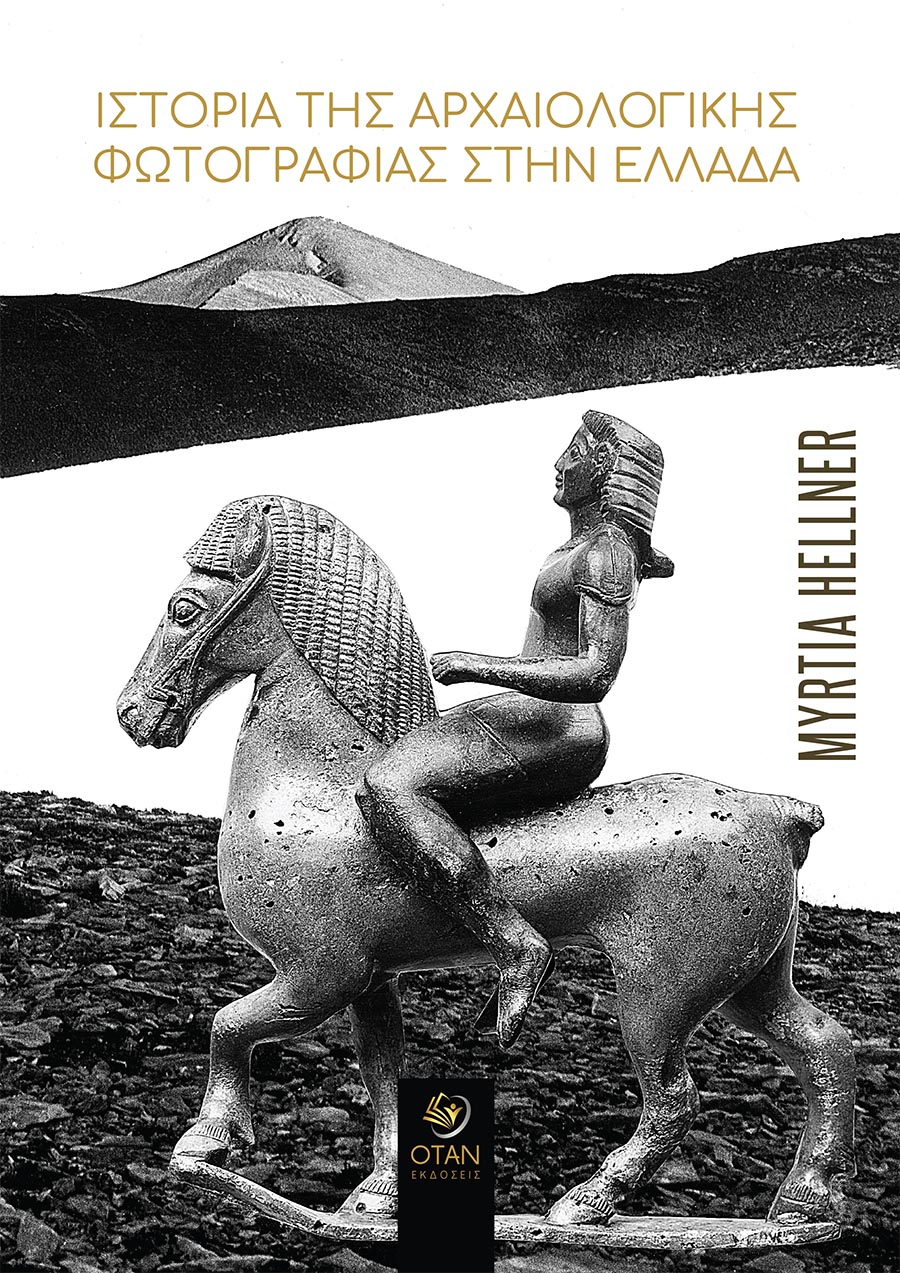
It is said that we are living at a “crossroads” in the history of photography It is certainly the period when more photographs are taken than any other time in history. Can you “see” what the future of photography and the interaction between photography and society will be?
In today’s world, everyone takes photos with every available device. Photography is like a sport of competition, who will photograph the most. But now it’s all so easy. First you see the result before you even press the button.
But imagine that once upon a time, before someone pressed the magic button, they usually didn’t even know what the result would be. The photographer was a true magician, because he had to mentally, already in his mind, think about the image. So, like an architect, he had to “build” the image, how the object would look, imagine the composition, the background and furthermore, from all these elements, he had to remove the colour. The materials were expensive and he did not have the luxury of error. The shot had to be right. It was not changed nor could many improvements be made afterwards.
The future of photography from the time of its emergence to the present day is directly related to technology. However, one must distinguish between professional photography and ordinary photography. And in the future I believe that there will continue to be professional and amateur photographers.
I can talk to you mainly about analog photography. We used to hear that cinemas and historical films would become extinct. In recent years I have seen a revival of old films, as far as cinemas are concerned they still operate with remarkable stability. This is how I imagine the future of analogue photography to look like. As a museum genre now, it will be of great value. Otherwise we seem to be heading towards an iconoclastic society, where the image, and especially the technological image, dominates. Along with speed. Image, speed, and sound are everywhere. I don’t know if we will evolve into societies like in Hollywood “science fiction” movies, and where artificial intelligence takes pictures, but I doubt it. I’d rather see an evolution like in music, where vinyl is back in fashion. I’d love to see a similar revival of analog photography, although because of its complexity, I don’t think it will happen.
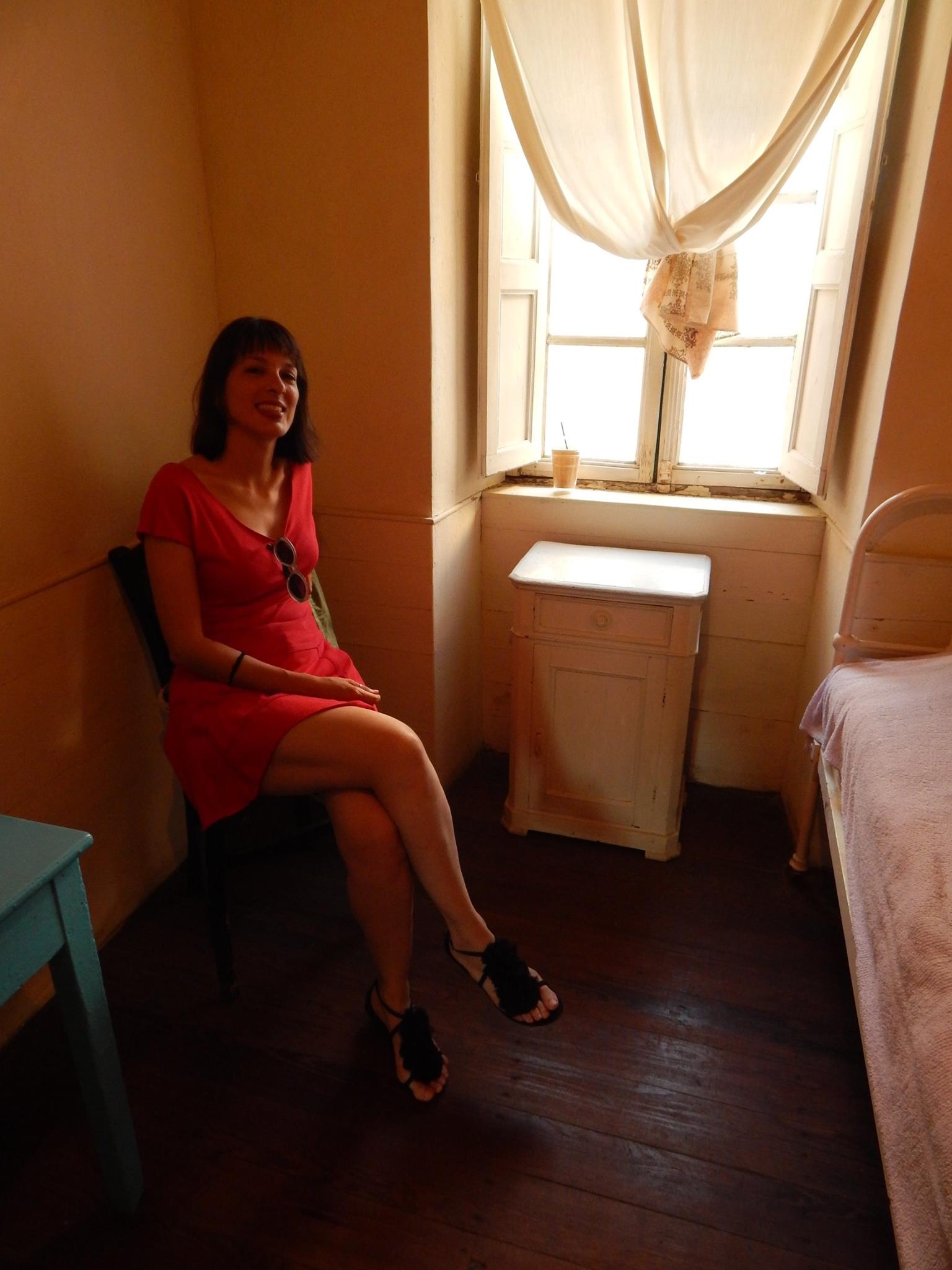
Myrtia Hellner
Is archaeological photography an artistic or scientific subject?
Archaeological photography has to be scientific. Free from embellishment or any kind of interpretation. The corresponding artistic archaeological photography will certainly convey something personal, the stamp of the photographer. neutrality will disappear. But the point of archaeological photography is to render the object as faithfully as possible to reality. Although in photography there is not only one reality, a simple, clear rendering of the object together with a perfect aesthetic result is what the archaeologist wishes to see. For archaeological photography must be able to capture all the information that the scientist needs, without the scientist being forced to see the object physically.
Initially, professional photographers tried to highlight Greek antiquities with the intention of promoting the country’s tourism. The photographs projected idealistic, impressive and romantic images, so that the general public would like them and benefit from them. Photography was influenced by European artistic trends and photographers claimed a reputation for artistic photography. From the 1960s photography began to leave the artistic field and enter the scientific field. It is perceived as a means of documentation.
Already from the first steps of photography, its inventors emphasized the importance of discovery in capturing archaeological sites and monuments.Are archaeology and monuments the springboard of photography more than portraits and nature?
Archaeological photography has a scientific background that concerns proper documentation, as it was pointed out, while portrait photography in the past decades realized people’s deepest desires to preserve their image at all costs. The spread of photography for this was rapid in the field of portraiture. Photography has been crucial in all areas. Even in medicine. It changed forever the way we perceive the world. Today’s digital world could not exist without it. We owe a great debt of gratitude to all those inventors, people who sacrificed themselves to discover photography.
From the beginning of the development of tourism in the 19th century until today, archaeological sites are photographed. Can we today by examining these photographs come up with some, similarities or differences in photographic “styles” by period?
Of course we can draw conclusions. Important archaeological sites are photographed perpetually. In every era with more sophisticated cameras each one captures the archaeological sites. These photographs are usually commemorative and comparable in terms of the preservation of the monuments, the angle of view chosen, and whether the light was suitable at the time of taking. Differences in the “style” of photography are due to the spirit of the time.
The black and white photographs, at first, are influenced by romanticism and idealism. From the first traveler-photographers who encountered desolate landscapes in times when tourism did not yet exist. Antiquities are photographed as sacred monuments of ancient civilizations, they appear remote and desolate, and the presence of people is rare or staged, as when posing in ethnic costume. Later, with the spread of colour photography, archaeological sites become more intimate, more real. The photographs now more realistic, with the increase in tourism they lose their exoticism. Groups of tourists are photographed, and in extreme cases ancient temples are used as decor for fashion shows or as backgrounds for films.
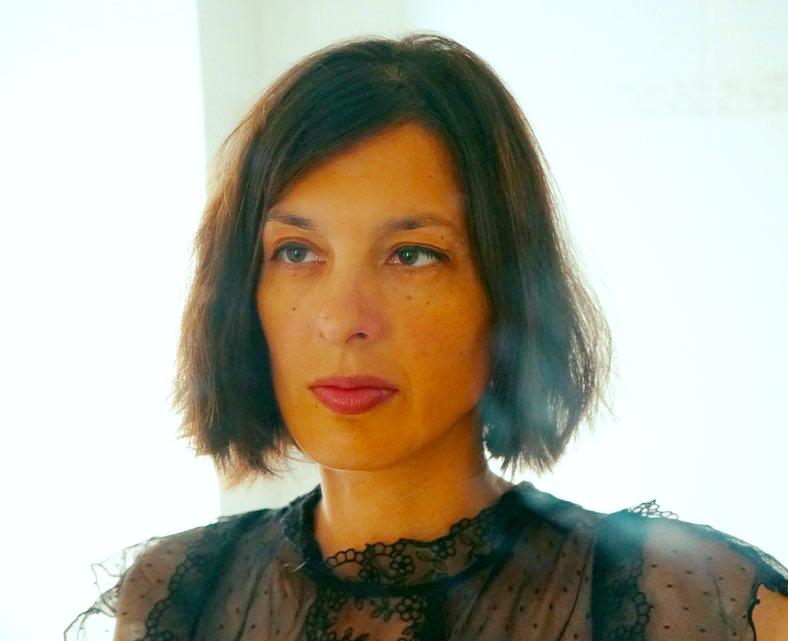
Myrtia Hellner
If you had to choose 2-3 photographic scrapbooks that could be considered “milestones” in archaeological photography in Greece, what would they be?
Personally I would like to refer to the photo albums of Nellys, Frédéric Boissonnas, Herbert List and Walter Hege with antiquities. Although much more artistic than archaeological albums intended mainly for the general public, they have a particular aesthetic appeal. If you like modern history there are now a number of albums of neoclassical Athens.
Since the invention of photography, the evolution of photography has been rapid, with constant improvements in every aspect. The same continues today at an even faster pace. How big a hurdle will storing, preserving and accessing today’s digital photographs prove to be in the future?
This question is very important. Because it directly concerns the technology and the importance of the preservation of photographic archives, which raises other questions, such as whether digitisation is indeed the most perfect technical method of preserving photographs or whether digital photography is also subject to alterations. I imagine you are referring to the size of the resulting files. I trust that the technical issues will have been resolved so that there will be no problems. More important is the selection of the photographs. Careful sorting and avoiding keeping files that in the future in second choice will turn out not to be important. Also, the preservation of historic photographs should continue. They are of course much more challenging than digital archives, because it is important to preserve the original museum material as well, not just that in digital form, i.e. negatives, prints, etc. In contrast, the intangible digital image is less prone to deterioration. Except, of course, for a possible total black out.
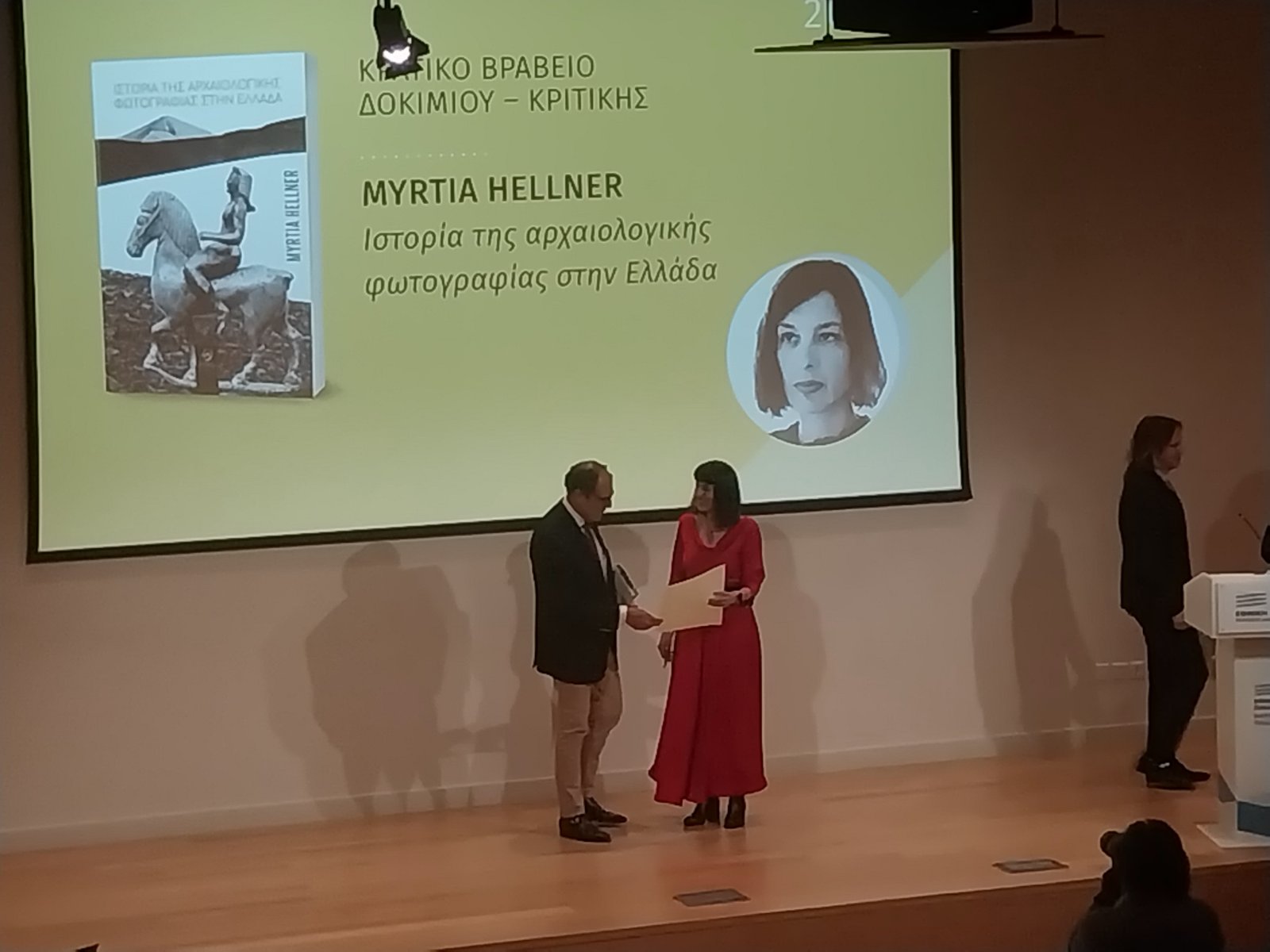
Is the Acropolis among the ten most “photographed” monuments in the world since World War II?
The Acropolis is among the ten most highly illuminated monuments in the world. Because its monuments are world-class and because it attracts millions of tourists from all over the world.
For those of us who just like to take nice pictures, which, less popular archaeological site would you suggest?
I would suggest the ancient theatre of Milos. Because it is perhaps one of the most beautiful theatres in Greece, still far from the limelight. As a spectator, you notice that the monument and the natural beauty that surrounds it coexist and identify.
What are your aspirations for the future?
I would like to work in a scientific institution that studies historical, analogue photographs. To be able to offer my knowledge on a daily basis in this field of archaeology.

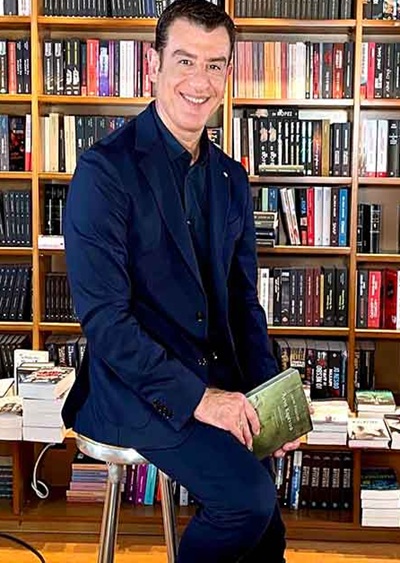
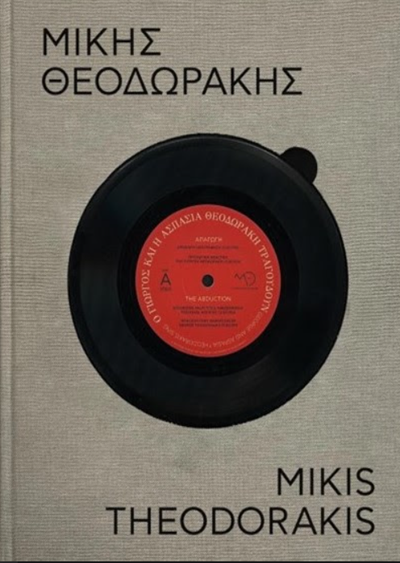
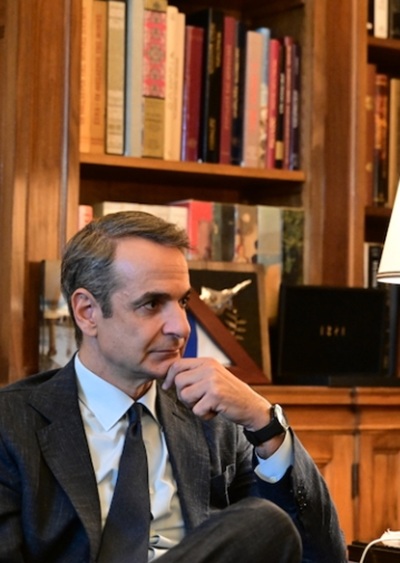
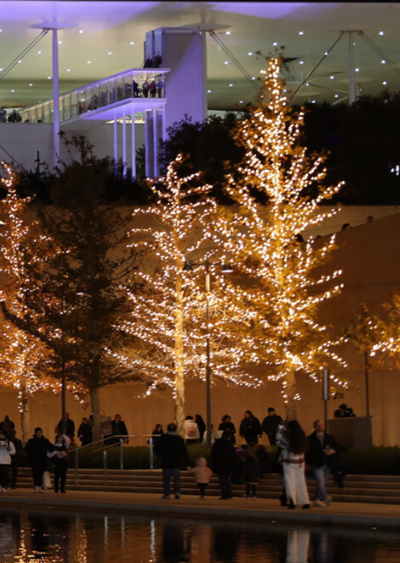


Leave A Comment